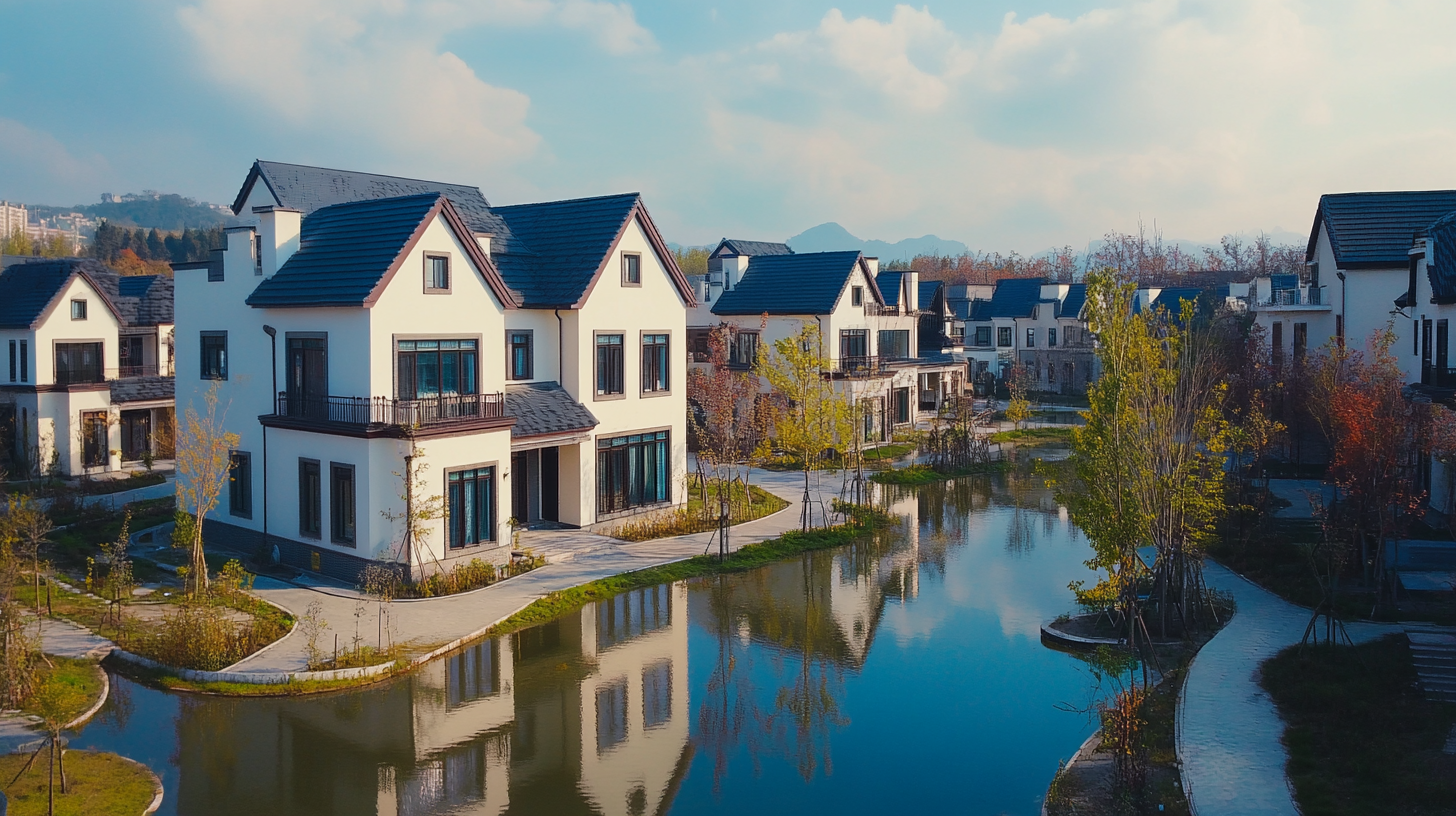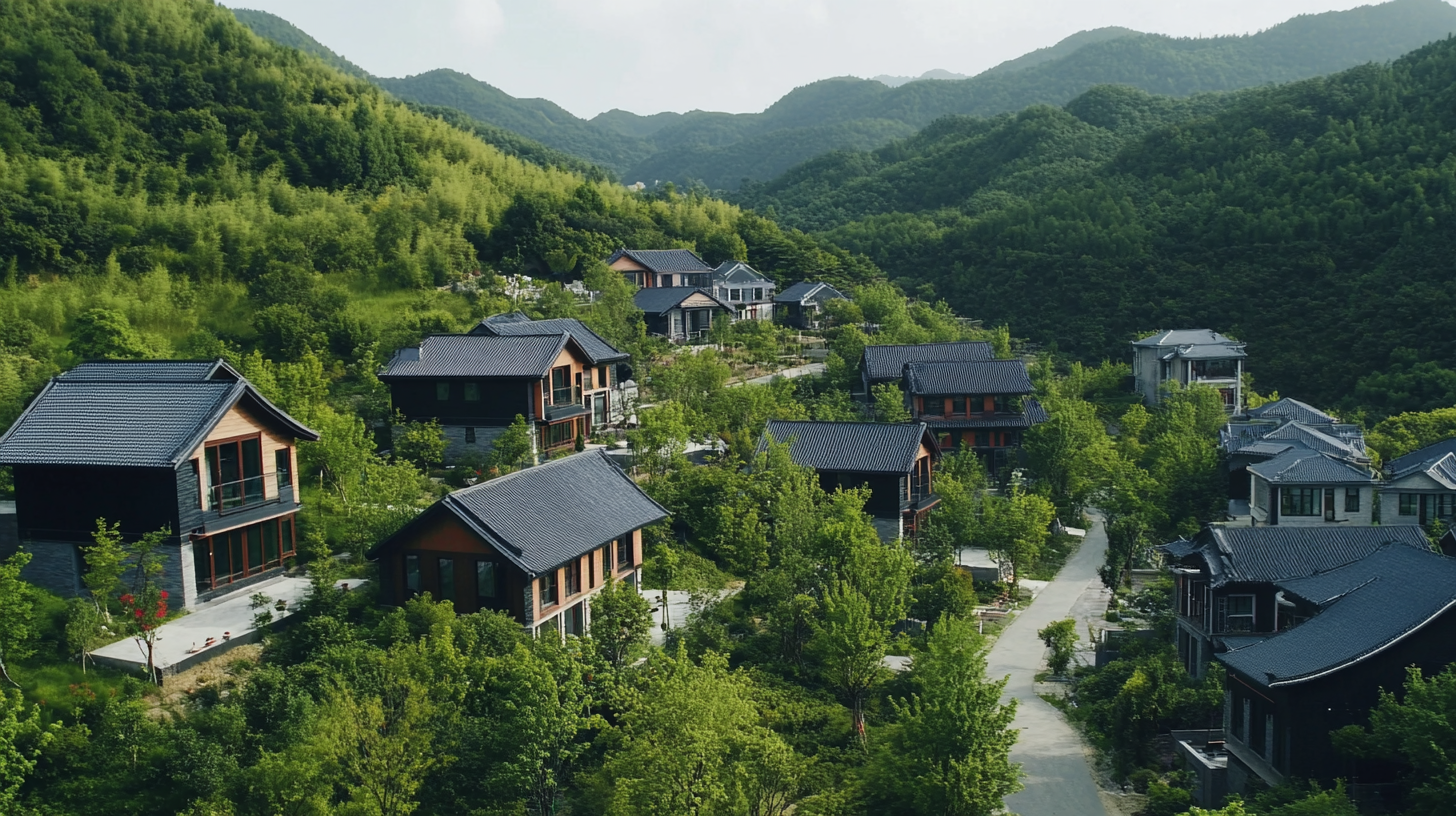The resilient growth of Chinese Modular Cottage Homes stands as a testament to the industry's adaptability, even in the face of significant tariff challenges imposed by the US-China trade tensions. Recent data from the China Business Network indicates that despite a staggering 25% tariff on Chinese exports, the modular housing sector in China has seen a marked increase in production, soaring by approximately 15% year-over-year. This growth can be attributed to the increasing demand for cost-effective and sustainable housing solutions, as the modular approach offers both efficiency and flexibility in construction. Furthermore, a report by the International Organization for Standardization highlights the rapid evolution of construction technologies, emphasizing that modular homes contribute to lower environmental impact through reduced waste and energy consumption. As the market for Modular Cottage Homes continues to expand, it exemplifies how even amidst geopolitical challenges, innovation and strategic responses can foster growth in a dynamic global economy.

Chinese modular cottage homes have demonstrated remarkable resilience in the face of tariff challenges imposed by the US. According to a report by ResearchAndMarkets, the modular construction market in China is projected to grow at a compound annual growth rate (CAGR) of 25.6% from 2021 to 2026. This growth can be attributed to the increasing demand for affordable housing and the efficiency of modular construction methods, which offer a faster, cost-effective solution.
Despite ongoing tariffs, which have impacted many sectors, the Chinese modular home industry has adapted by enhancing its supply chain efficiencies and focusing on innovative building technologies. A study by Mordor Intelligence indicates that the global modular homes market is anticipated to reach $130 billion by 2028, driven largely by the demand for sustainable and environmentally friendly construction practices. This trend is particularly beneficial for Chinese manufacturers who emphasize their ability to produce energy-efficient homes while maintaining affordability, allowing them to penetrate international markets despite trade obstacles.

The modular home industry in China is evolving despite the formidable challenges posed by U.S.-China tariffs. These tariffs, especially those initiated during President Trump's trade war, have introduced significant hurdles for manufacturers and exporters. While aimed at curbing China's global trade dominance, these tariffs have a backlash effect; they not only increase costs for consumers in the U.S. but also threaten to disrupt supply chains and sales for Chinese manufacturers. As prices rise due to these tariffs, there is potential for a shifting demand toward more affordable and adaptable housing solutions, including modular homes.
Furthermore, the impact of escalating tariffs could paradoxically fuel innovation and resilience within the Chinese modular home sector. Faced with difficult market conditions, manufacturers might double down on efficiency and cost-effective production processes, allowing them to remain competitive. This resilience is essential as many industry players look to expand their presence globally amidst ongoing geopolitical tensions. The current landscape suggests not just a reaction to tariffs but an opportunity for the modular home industry in China to adapt and thrive in a more challenging economic environment, highlighting how U.S.-China relations are intricately intertwined with the future of the modular home market.
In the face of mounting tariffs imposed by the United States, Chinese manufacturers of modular cottage homes have adopted a range of innovative strategies to maintain their competitive edge. One significant approach involves diversifying supply chains to mitigate risks associated with tariff disruptions. By sourcing materials from various countries and establishing production facilities outside China, these manufacturers not only reduce reliance on the U.S. market but also enhance their adaptability to fluctuating trade policies.
Additionally, many companies are investing in technology and design improvements to distinguish their products in a crowded marketplace. This includes incorporating sustainable materials and smart home features that appeal to environmentally conscious consumers. By focusing on quality and innovation, Chinese modular cottage home manufacturers aim to create value that transcends the limitations imposed by tariffs, ultimately fostering a resilient growth trajectory in the global market.
| Year | Export Value (USD Million) | Growth Rate (%) | Manufacturing Innovations | Market Expansion Strategies |
|---|---|---|---|---|
| 2018 | 1500 | - | Automated Production | Focus on Southeast Asia |
| 2019 | 1600 | 6.67 | Smart Home Technologies | Partnerships with Local Builders |
| 2020 | 2000 | 25.00 | Eco-friendly Materials | Online Marketing Campaigns |
| 2021 | 2400 | 20.00 | Modular Design Enhancements | Expansion into European Markets |
| 2022 | 2800 | 16.67 | Digital Fabrication Techniques | Direct-to-Consumer Sales |
| 2023 | 3200 | 14.29 | AI in Production Management | Franchise Opportunities |
The demand for modular homes in China is witnessing robust growth, driven by evolving consumer preferences and market dynamics. Recent reports indicate that the modular furniture market, closely related, is projected to expand significantly, with a compound annual growth rate (CAGR) of 4.3% from 2024 to 2032, reflecting a shift towards compact and efficient living spaces. This trend aligns with the surge in modular home interest, as these homes offer not only quick construction but also customizable designs that appeal to modern homeowners.
A study revealed that consumer inclination towards sustainable building materials is reshaping the market landscape. For instance, materials like wood and metal are increasingly preferred for their durability and environmental friendliness. This shift informs manufacturers' strategies, prompting them to invest in innovative designs and eco-conscious materials to meet the demands of an environmentally aware consumer base.
**Tips:** When considering modular homes, evaluate the materials used in construction, as this directly impacts longevity and sustainability. Additionally, explore online and offline distribution channels to find competitive pricing and varied options suited to your needs. With the market projected to continue its upward trajectory, now is an ideal time to invest in modular housing solutions.
This pie chart illustrates the market demand distribution for modular homes in China. It shows that urban areas hold the largest share at 40%, followed by suburban areas at 35%, rural areas at 20%, and vacation homes at 5%. This data reflects the increasing trend towards modular homes as a housing solution in different regions.
The future prospects for Chinese modular homes are increasingly promising, as global demand continues to rise amidst evolving market dynamics. With a projected market size of $100.87 billion by 2032 for container homes alone, the potential for growth is substantial. This reflects not only a shift in consumer preferences towards more sustainable and flexible living solutions but also highlights the resiliency of the Chinese modular home sector in navigating international challenges, such as tariffs imposed by the United States.
Moreover, the modular home industry is increasingly benefitting from advancements in smart manufacturing and digital technologies. Companies are embracing intelligent solutions that enhance production efficiency and customization capabilities. This trend, combined with the establishment of robust digital infrastructures, positions the Chinese modular home industry for significant international expansion. As countries worldwide look to address housing shortages and promote sustainable living, Chinese manufacturers are poised to capture share in these emerging markets, translating growth opportunities into tangible results over the next decade.

